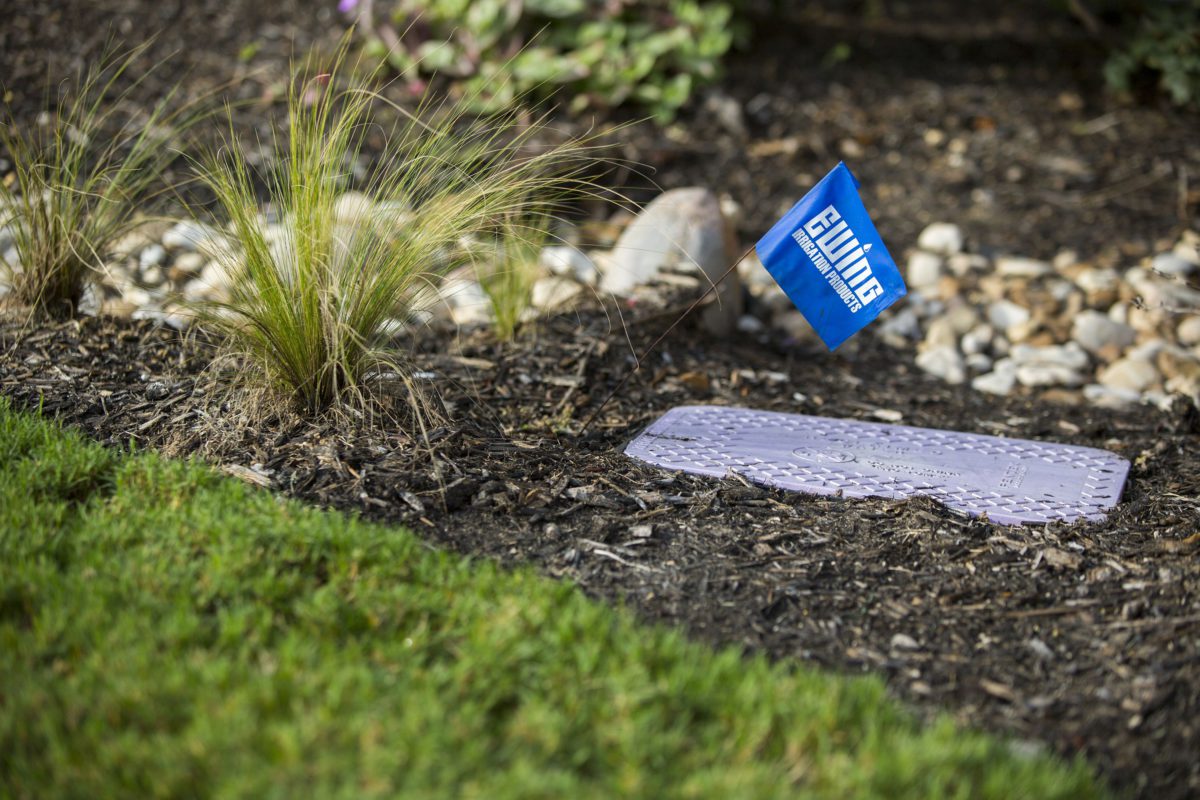Reclaimed water has become a hot topic in recent years, as water conservation efforts have ramped up and droughts have plagued much of the country. If you’re water-conscious, or have customers who are water-conscious, the thought of using reclaimed water for irrigation may have come to mind.
What is reclaimed water?
Reclaimed water is recycled water—water recovered from wastewater treatment plants that has been treated to allow for safe reuse, except for human consumption. It’s often used as a water conservation practice in many states.
Reclaimed water differs from other recycled water sources. Wastewater is untreated liquid waste from residential, commercial or industrial facilities—and is not suitable for reuse in irrigation applications. Greywater is untreated wastewater from laundry, bathing, sinks, etc., and can be used for irrigation and other reuse purposes. However, there are other considerations to think about when using greywater.
Why should I use reclaimed water?
“Water rates are rising around the country due to growing population and development taking a higher and higher toll on the water supply,” said Hunter Williams, manager of Ewing’s Chandler, Ariz., location.
Demand for fresh water can exceed supply at times during drought, population growth or due to other factors. Reclaimed water can be a good option for people looking to conserve water and use their supply as efficiently as possible. Reclaimed water reduces the amount of groundwater withdrawal needed. It reduces the amount of potable water used in landscapes.
How do I do it?
 In the irrigation industry, there are some rules and guidelines to follow to ensure systems are ready for reclaimed water. The standard symbol for a reclaimed water irrigation system features purple markings to prevent cross connection and contamination with potable water supplies. Pipes, flow control knobs, valve boxes and sprinkler heads have purple markings to ensure people know it’s for use with reclaimed water. You’ll need to work you’re your city, and install a separate piping system.
In the irrigation industry, there are some rules and guidelines to follow to ensure systems are ready for reclaimed water. The standard symbol for a reclaimed water irrigation system features purple markings to prevent cross connection and contamination with potable water supplies. Pipes, flow control knobs, valve boxes and sprinkler heads have purple markings to ensure people know it’s for use with reclaimed water. You’ll need to work you’re your city, and install a separate piping system.
If you’re interested in learning more about reclaimed water in your area, check with your municipal water district about their requirements and availability.




